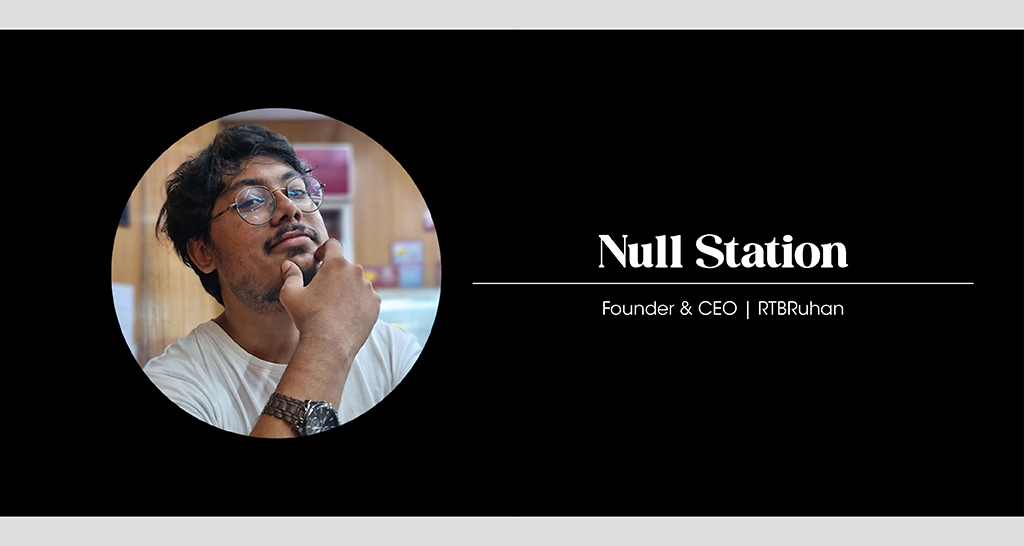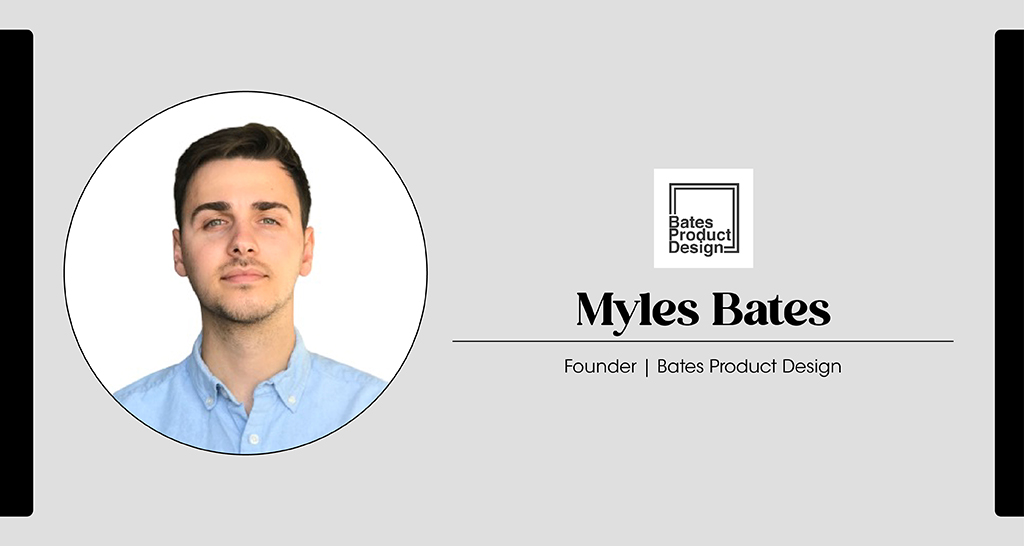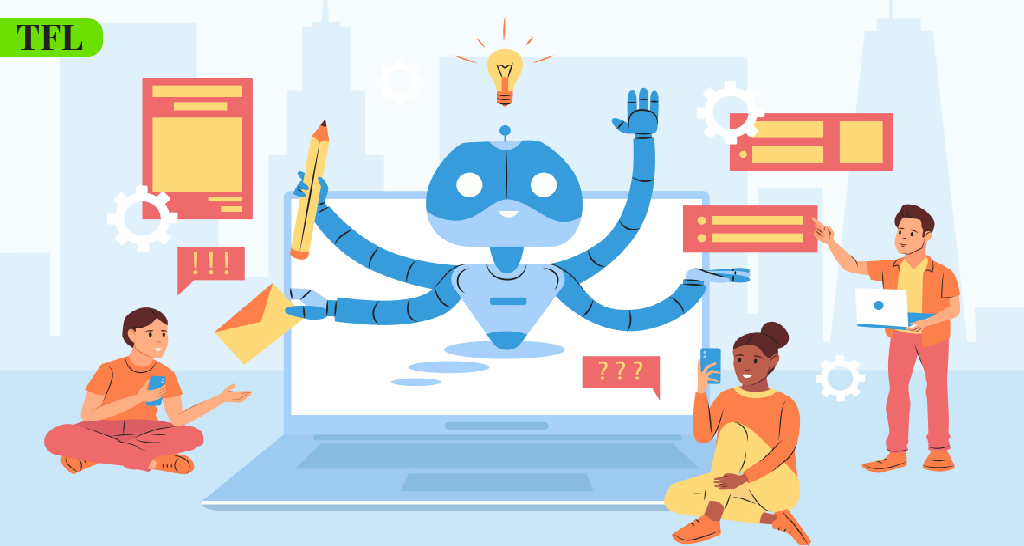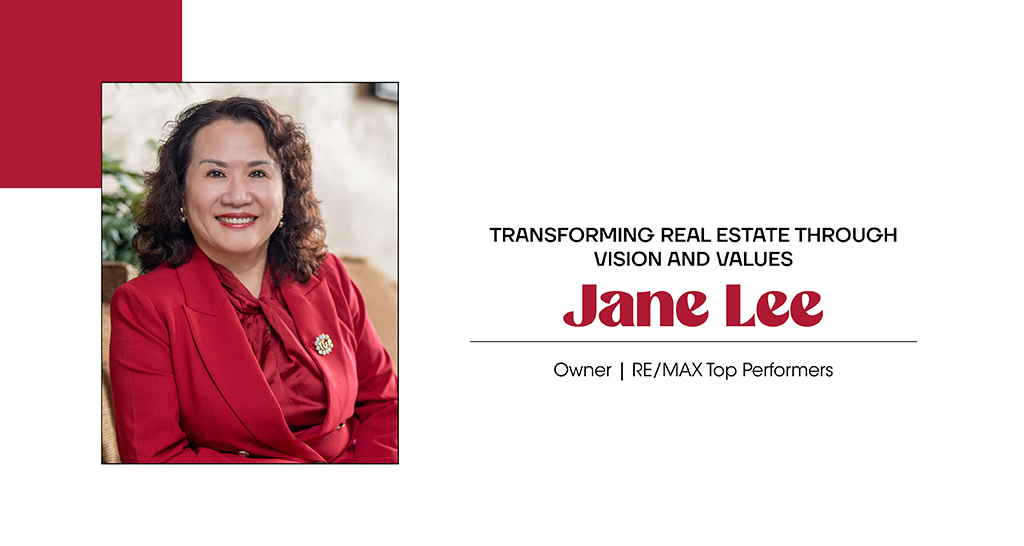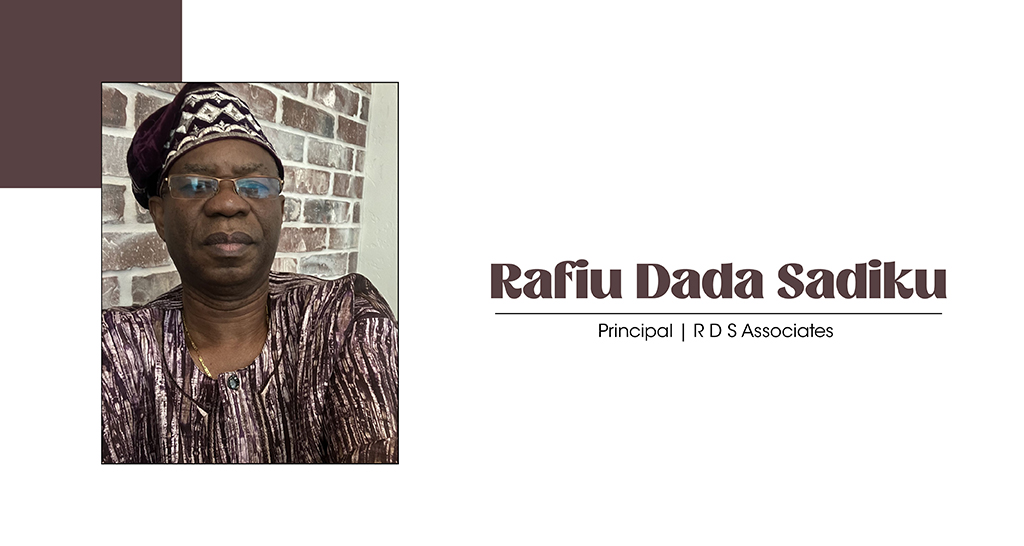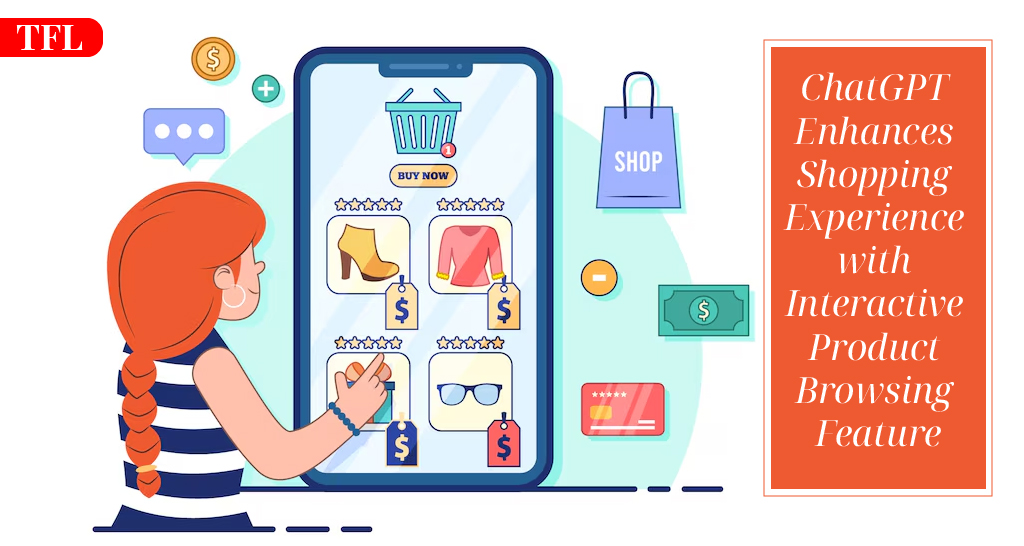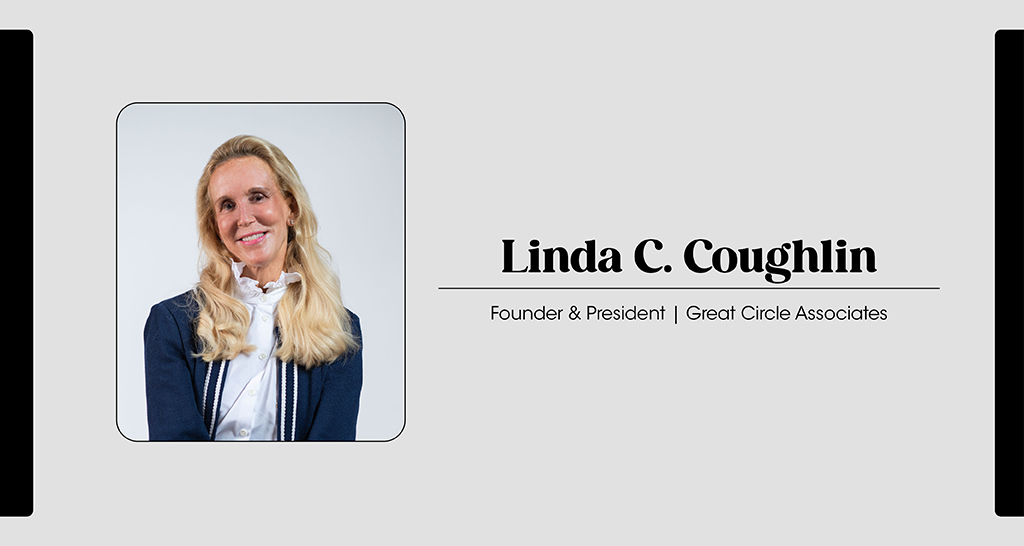Null Station is a trailblazing 3D animation studio based in Dhaka, Bangladesh, founded in 2021 by RTB Ruhan and Ratul Biswas. With a bold vision to elevate the region’s animation industry, the studio merges creativity with cutting-edge technology to deliver impactful, visually stunning content. Known for pioneering works like XD Bros, Bangladesh’s first 3D animated web series, and Bengal in 1869, the first AI-generated documentary in the country, Null Station continues to push the boundaries of digital storytelling. Their proprietary tools and strategic approach have helped clients achieve over $50 million in sales and fundraising. Recognized for innovation, Null Station is redefining how stories are told through animation.
Inside the Interview
1. Can you briefly share your professional journey and what inspired you to enter the engineering and design services field?
At Null Station, our journey began with a shared passion for storytelling and a vision to revolutionize the animation industry in Bangladesh. Founded in 2021 by RTB Ruhan and Ratul Biswas, we recognized a gap in high quality 3D animation services within the region. Our backgrounds in design and technology, combined with a deep appreciation for visual storytelling, propelled us to establish a studio that not only delivers exceptional animations but also pushes the boundaries of what’s possible in the digital realm.
2. What do you believe sets your organization apart in terms of innovation and client impact?
Null Station stands out due to our commitment to innovation and our client centric approach. We’ve developed proprietary toolsets that streamline our production pipeline, allowing for faster turnaround times without compromising on quality. Our ability to blend traditional animation techniques with cutting edge technology enables us to create content that resonates with audiences globally. Notably, our projects like “XD Bros,” Bangladesh’s first 3D animated web series, and “Bengal in 1869,” the first AI generated documentary, showcase our dedication to pioneering new forms of storytelling.
3. How do you stay ahead of technological trends and integrate them into your services or solutions?
Staying ahead requires continuous learning and adaptability. We invest in research and development to explore emerging technologies such as AI driven animation, virtual reality (VR), and augmented reality (AR). Our team regularly attends international conferences, workshops, and collaborates with tech innovators to integrate the latest advancements into our workflow. This proactive approach ensures that our clients benefit from state of the art solutions that enhance their brand narratives.
4. What has been one of your most challenging projects, and how did you overcome it?
One of our most ambitious projects was “Steve Jobs | Pioneers of Change,” where we recreated a 3D animation of Steve Jobs announcing the iPhone 16, complete with AI generated voice. The challenge lay in authentically capturing the essence of a tech icon while navigating the ethical considerations of AI generated likenesses. Through meticulous research, ethical consultations, and leveraging advanced AI tools, we delivered a project that was both respectful and groundbreaking.
5. Sustainability and efficiency are key concerns today. How do your engineering/design solutions address these issues?
Sustainability is integral to our operations. We employ asset reuse strategies, optimizing resources by repurposing models and environments across projects. Our proprietary tools enhance efficiency, reducing energy consumption during rendering processes. Additionally, by offering virtual solutions like VR showrooms, we help clients minimize physical resource usage, aligning with global sustainability goals.
6. How do you foster a culture of innovation and creativity within your team or organization?
Our studio thrives on collaboration and continuous learning. We encourage team members to pursue passion projects, attend workshops, and share insights from various disciplines. Regular brainstorming sessions and an open door policy ensure that every idea is heard and valued. By cultivating an environment where creativity is celebrated, we empower our team to push creative boundaries.
7. In what ways have client demands evolved over the past few years, and how have you adapted to meet them?
Clients increasingly seek content that not only captivates but also drives specific outcomes like sales growth and fundraising success. At Null Station, we craft tailored 3D animations that align with these objectives, blending creativity with strategic messaging to enhance marketing campaigns and fundraising efforts. Our work has contributed to over $50 million in combined fundraising and sales for our clients in recent years.
8. What emerging trends or technologies do you believe will significantly impact engineering and design services in the next five years?
The integration of AI in animation, real time rendering, and the rise of the metaverse will redefine content creation. Technologies like neural rendering, procedural generation, and immersive AR/VR experiences will become standard. Embracing these trends, we aim to remain at the forefront, delivering innovative solutions that captivate audiences.
9. What advice would you give to future engineers and design leaders who aspire to lead with innovation and integrity?
Stay curious and never stop learning. Embrace interdisciplinary approaches, as innovation often lies at the intersection of different fields. Prioritize ethical considerations, especially when leveraging emerging technologies. Most importantly, remain authentic in your storytelling, as genuine narratives resonate most with audiences.
Company Description:
Null Station is a Creative 3D animation studio based in Dhaka, Bangladesh, offering comprehensive animated solutions for businesses worldwide. Specializing in 3D animated films, game development, and experimental projects, we harness proprietary toolsets to deliver high quality, engaging content. Our notable works include “XD Bros,” the country’s first 3D animated web series, and “Bengal in 1869,” first of its kind AI generated documentary. Committed to innovation and excellence, Null Station transforms complex ideas into visually compelling stories.

